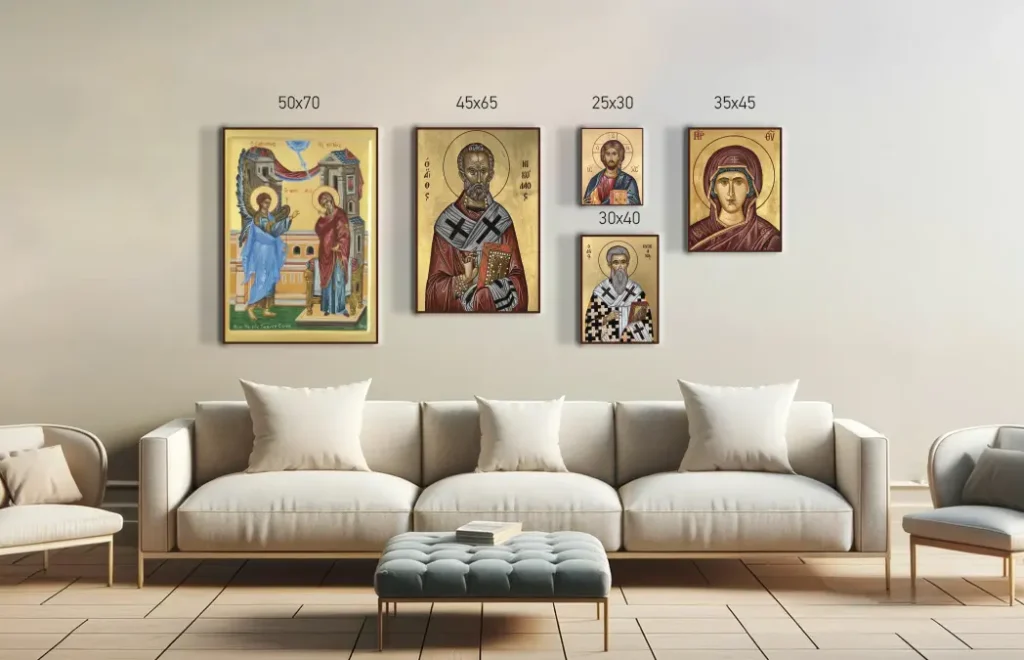Saint Nicholaos was born in 270 AD in Patara of Lycia, in Asia Minor, to pious and wealthy parents and received a diligent education. At a young age he was left an orphan and heir to a large fortune.
From a very early age he had devoted himself to the Divine, after going to Jerusalem to venerate the Holy Cross and the Holy Sepulchre. When he returned to his homeland he was ordained a priest.
At first he dedicated himself to the ascetic life and became abbot of the Sion Monastery of Zion in Myra, Lycia.
When the then Archbishop Myron of Lycia passed away, the bishops elevated Nicholaos to the position of Archbishop. From this position he developed intense activity and extended his struggles for the protection of the poor and needy by founding hospitals and various charitable institutions. Endowed with a high Christian spirit, courage and vitality, he encouraged the persecuted (by the Romans) Christians, being persecuted and exiled himself for this attitude.
During the persecutions of Diocletian, he was tortured. But when Constantine the Great ascended to the imperial throne, all the Christians were freed and thus Nicholaos returned to the archbishop’s throne.
According to tradition, he was endowed with the gift of miracles and saved many people, both while he was alive and after his death. Many miracles of the Saint are mentioned, such as the release of the three soldiers, cures of the sick and rehabilitation of the poor.
In 325 AD he took part in the First Ecumenical Council, held in Nicaea in Bithynia, and fought against the teachings of Arius. It is said that during the Council he slapped Arius and Constantine the Great imprisoned him. When he returned from the Synod, he continued his pastoral work until old age. Saint Nicholaos passed away peacefully on December 6, 343 AD.
Saint Nicholaos is considered the patron Saint of Sailors, the Greek Navy and the Coast Guard, because miracles related to the sea are mentioned in his life.
His memory is celebrated on December 6 each year, both by the Orthodox and the Roman Catholic Church.

